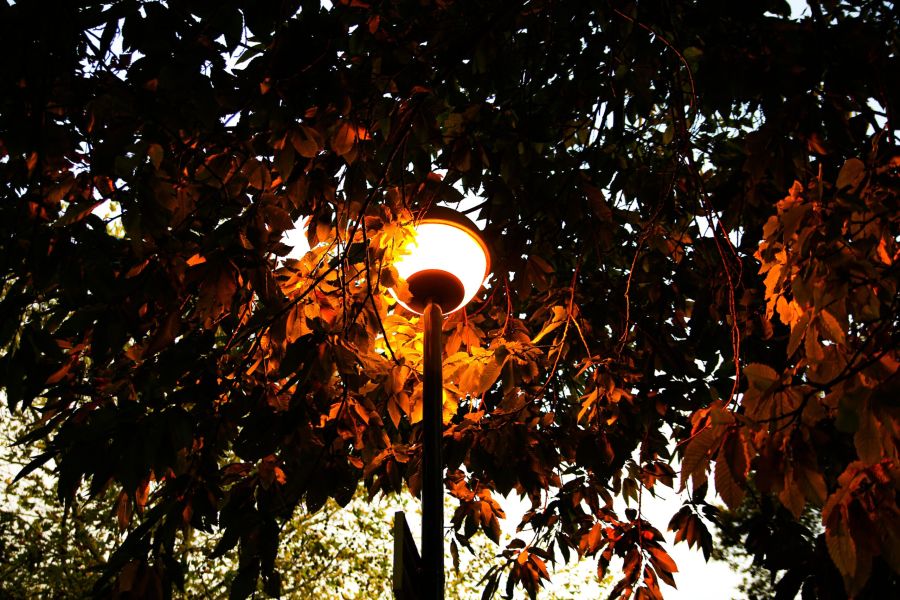One-year update: Evelien studies the effects of light at night on plants

PhD candidate Evelien Castrop has started a year ago on her project in which she studies plants; the base of all ecosystems. Are they affected by nocturnal artificial light? She wrote us an update:
“The Luminescent Landscape: Understanding the Impact of Artificial Light on Plants”
by Evelien Castrop
Is ALAN changing the way our wild plants grow? If so, then how? The project I have been working on for the past year focuses on investigating the effect of artificial light at night (ALAN) on plants, a very understudied field of ecology. ALAN can alter various aspects of plant life, including plant growth, physiology, and community structure all of which play a role in the many trophic interactions that biodiverse ecosystems rely on. My goal during the first year was to gather baseline data and refine the experimental approaches for the fieldwork part of this project. This meant collecting information about the effect of artificial light on plant growth and developmental rates, and its impact on resource allocation, specifically how plants distribute their limited resources. This process is vital to optimize growth and survival, ultimately affecting all the organisms on higher trophic levels.
To collect data, I used a combination of field, mesocosm (semi-natural environment), and growth chamber measurements. Although it was challenging to collect and find suitable controlled environments for experiments, our initial results are very promising. Our data shows that exposure to ALAN can result in accelerated leaf formation, increased plant height, and changes in both above-ground and below-ground biomass. As such changes might differ between plants, with different consequences for other organisms in their environments, I’m looking forward to exploring these patterns across different plant groups and species.
The next stages of the project include analyzing collected data to better understand the impact of artificial light on resource allocation. This will be followed by a field campaign to further examine the photosynthetic parameters of plants and expand the resource allocation experiments in-situ. The project has received positive feedback from peers and colleagues at BioClock meetings, and has generated interest in the scientific community, as evidenced by a well-received article published in Mare magazine. I am eager to continue working on this project and uncovering the impact of ALAN on native plant communities, as it helps to complete another piece of the puzzle in understanding how we can protect our natural systems.

The BioClock Consortium is funded by the NWA-ORC programme of the Dutch Research Council (NWO; project number 1292.19.077).